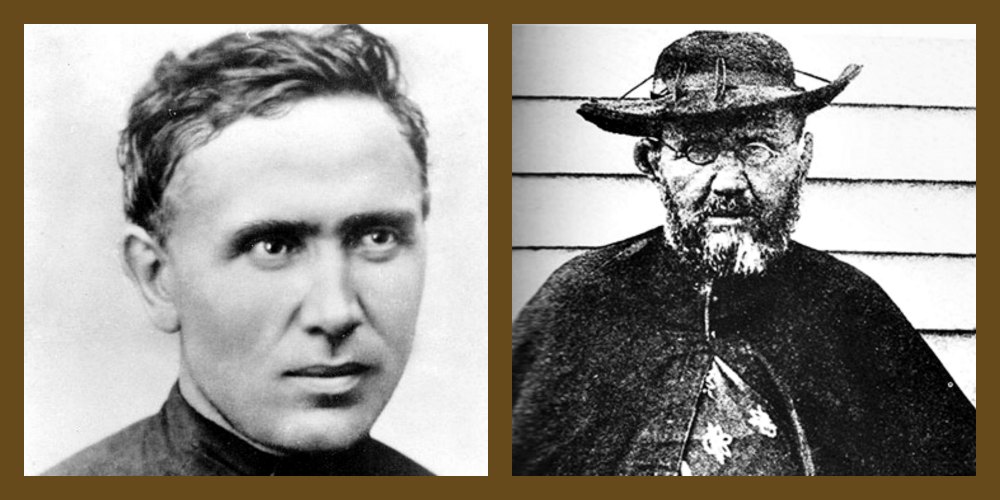Hawaii History:
(from “History of the Catholic Mission in the Hawaiian Islands” by Father Reginald Yzendoorn, SS.CC., Honolulu Star-Bulletin Ltd., Honolulu, Territory of Hawaii, 1927)
(continued from June 8th)
The centre of Catholic worship is the sacrifice of the Mass. But the celebration of the Mass necessitates bread made from wheat, and wine, the juice of the grape. As these products were not to be found in Ancient Hawaii, and the Spaniards seemed to have touched at the islands merely accidentally, Paao cannot have said Mass, and the worship he practiced and propagated was necessarily a mere shadow of the Catholic observances, and may have looked rather like the services of the Episcopal Church.
We may expect Paao to have held a kind of service, which in his days was a common form of devotin used for funerals and marriages in the afternoon, when a real Mass could not be said, to wit: the “Missa sicca” or “Dry Mass”, which consisted of all the Mass except the Offertory, Consecration and Communion.
Now a remnant of such a Dry Mass is exactly what we find in the pagan rites of Old Hawaii. For here is a description of a heathen service as written by the Hawaiian scholar Kamakau:
‘When the high priest went to the altar, as soon as he approached it, he bowed down, stepped back somewhat, and then knelt down and prayed. After the prayer he stood above (on the altar-platform) and sprinkled the altar with salt-water mixed with yellowish coloring; he then turned and, facing the gathering, sprinkled them with holy water, for the remission of the sins and impurities of the people.’
This ceremony has much of the Asperges before High Mass, and of the preparatory prayers at the foot of the altar. Kamakau sees remnants of Catholic worship in the fact that on the altars and the kuapalas of the heiaus, as well as on the kahuas (platforms) were crosses; that the approach to the altar was forbidden to women, and in the use of flowers and other plants to adorn the altar. All these, like also the cruciform terraces which were used in the heiaus built by Umi, may well be mere coincidences.
(to be continued tomorrow)
Blessings, pono and pule!
Fr. Brian Guerrini, ss.cc.
Priest
Molokai
